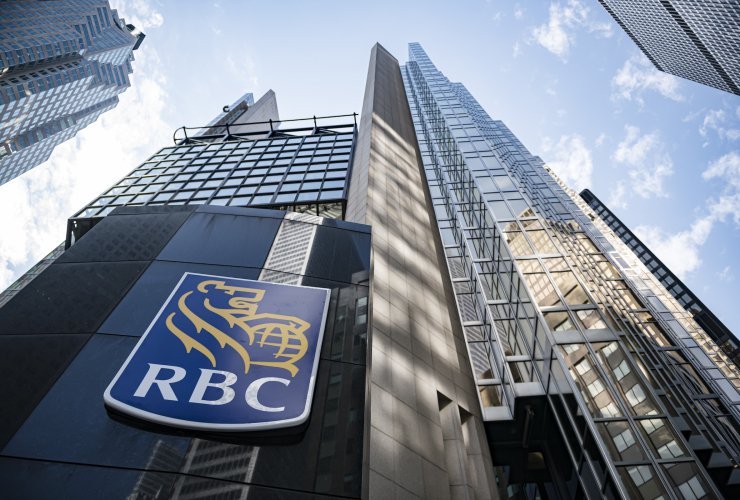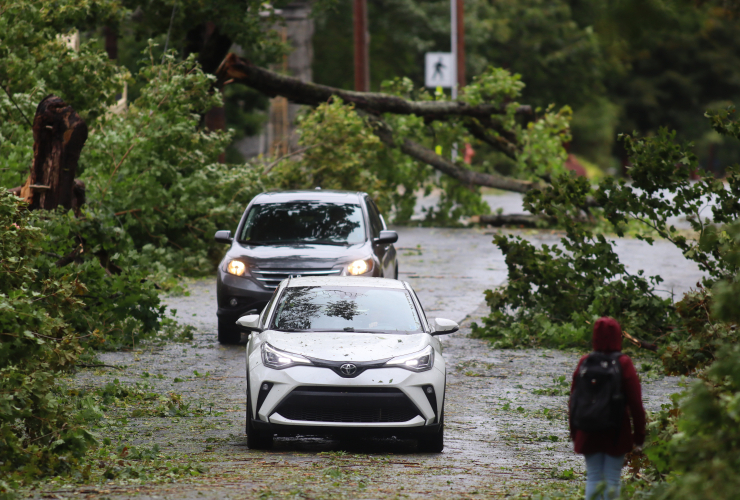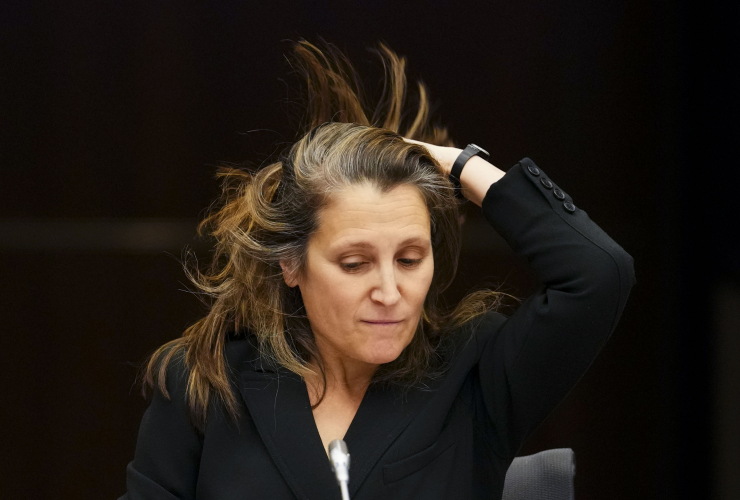Msit No’kmaq, Wahkohtawin, Nindinawemaganidog — all loosely translate into the phrase “all my relations,” which is defined by a kinship between beings in the natural world and Mother Earth. It’s a phrase that asserts the symbiotic relationship between Indigenous nations and their lands.
Now, as the world prepares to converge on Montreal for the United Nations’ biodiversity conference, known as COP15, countries hope to negotiate an agreement not unlike the Paris climate accord to recognize and take action to tackle the biodiversity crisis.
Finalizing the agreement at COP15, which takes place between Dec. 7 and 19, is urgent for researchers who have been sounding the alarm. One million individual species are at risk of extinction globally, according to the Intergovernmental Science-Policy Platform on Biodiversity and Ecosystem Services (IPBES), an independent international group of scientists and knowledge holders established to help inform better policy on biodiversity.
In Canada, 1,231 species and counting are listed under the Species at Risk Act.
Biodiversity loss is not a new crisis for Indigenous Peoples on the ground, where caribou, moose and other integral species have suffered in the age of human-caused climate change. Waba Moko, an Algonquin land defender, recently told Canada’s National Observer the moose population in her territory is in rapid decline, forcing her to buy more and more store meat.
At a recent press briefing for COP15, Valérie Courtois, director of the Indigenous Leadership Initiative, said our survival is dependent upon the very lands we live on. Indigenous Peoples have long known that a healthy land makes for healthy people, she added.
Indigenous knowledge of the land is essential for biodiversity. Globally, lands inhabited by Indigenous Peoples are estimated to contain 80 per cent of the world’s remaining biodiversity, according to researcher Gillian Rutherford.
Biodiversity on Indigenous-managed lands is also consistently higher than it is elsewhere, according to University of British Columbia researcher Richard Schuster. And when Indigenous Peoples have held the pen in Canada over their lands, they protect up to 60 per cent of it, Courtois said.
Canada is currently developing its 30 by 30 goal to protect 30 per cent of its land and waters by 2030.
The way in which the federal government plans to achieve this includes Indigenous protected and conserved areas (IPCAs), restorative nature projects and protecting federal lands, such as Ketch Harbour in Nova Scotia and Penticton, B.C., through what the federal government is calling “other effective area-based conservation measures,” according to an access-to-information request by Canada’s National Observer.
Canada’s environment minister, Steven Guilbeault, told Canada’s National Observer there currently isn't a numerical value around how much of the country’s land and water protection will be Indigenous-led. However, Guilbeault hinted the federal government’s first nature agreement to address biodiversity will be announced in the next few days or weeks. These agreements, between Ottawa and interested provincial and territorial governments, lay out plans for nature conservation and protection. The federal government says it “will work with provinces and territories to collaboratively engage Indigenous partners,” but it's still unclear whether Indigenous nations will be part of the forthcoming nature agreement.
Indigenous sovereignty, particularly in the Canadian context, will have repercussions for reconciliation as well. For years, conservation in Canada excluded Indigenous Peoples. When Parks Canada was created, Indigenous Peoples were banished from their lands and forbidden to enter the newly formed parks.
Banff National Park superintendent George Stewart accused the local Stoney people of destroying game for local settler hunters in 1887. He also alleged they caused “depredations among the ornamental trees that make their frequent visits to the Park a matter of great concern,” according to the Canadian Encyclopedia.
What happens in the COP15 negotiations surrounding Indigenous sovereignty, and its potential exclusion, may end up as foreshadowing of the success or failure of the larger Montreal biodiversity agreement.
It’s a push and pull for countries, where some may feel threatened by including Indigenous rights and title. Indigenous sovereignty and nation-state sovereignty are often oppositional, especially when it comes to natural resources — take for example, the conflict in Wet’suwet’en territory.
But if countries are serious about tackling the biodiversity crisis, recognizing the sovereignty of the world’s Indigenous Peoples and their role in that fight could be a tipping point for the future of biodiversity.
— With files from Marc Fawcett-Atkinson
Matteo Cimellaro / Canada’s National Observer / Local Journalism Initiative







Comments